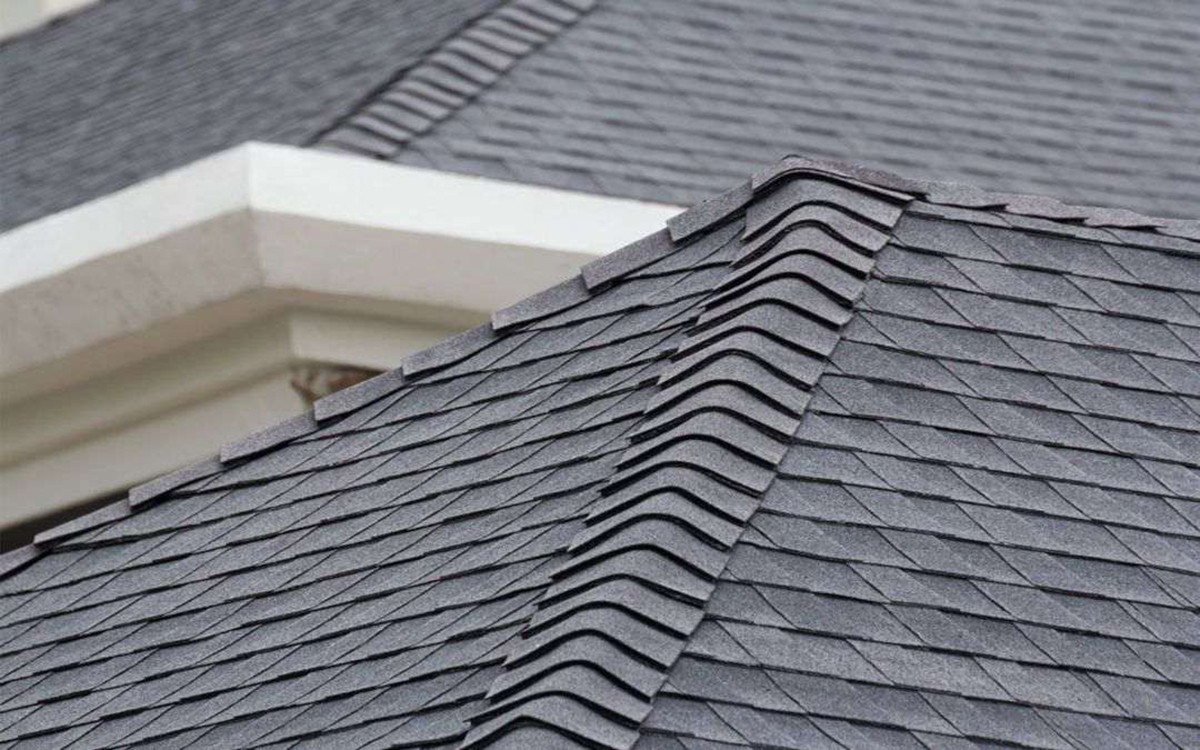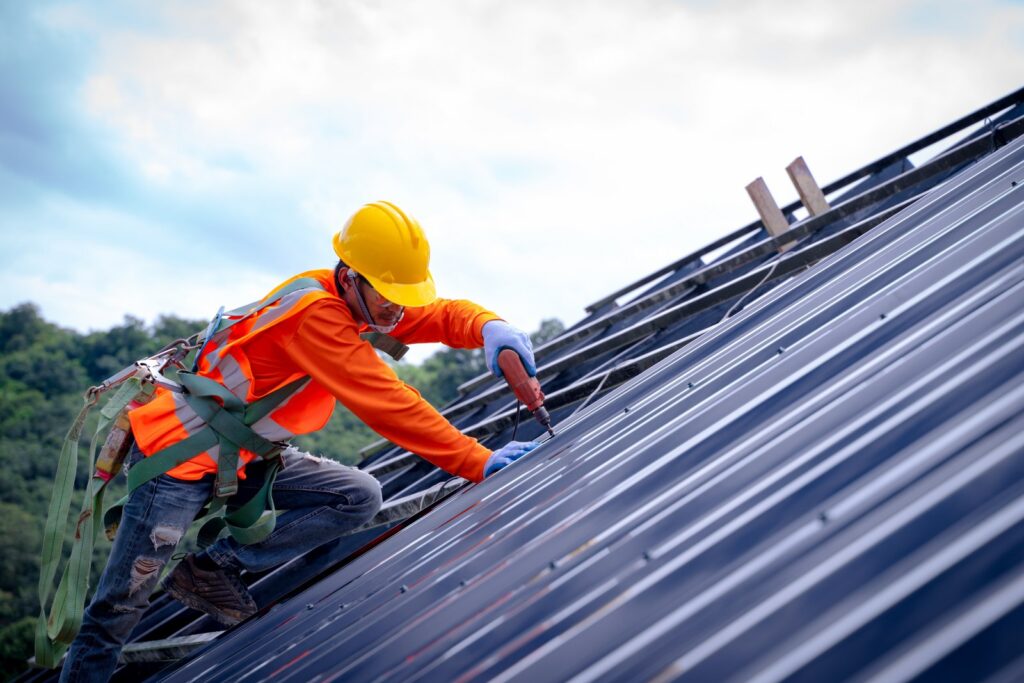A Comprehensive Guide to Effective Roof Flat Roof Covering Installment
The complexities of flat roofing system setup demand a thorough technique, beginning with an extensive understanding of different flat roof kinds and the vital materials needed for optimum performance. An effective installation pivots not only on the selection of materials yet additionally on the preparation and execution of each action associated with the process. As we discover the critical points from prep work to upkeep, it comes to be obvious that ignoring even minor details can dramatically impact the roofing system's durability and efficiency. What specific methods can make sure a seamless installation that endures the examination of time?
Recognizing Flat Roof Types
When considering level roof coverings, it is essential to understand the numerous types readily available, as each offers distinctive benefits and downsides customized to particular demands. One of the most usual types of flat roofing systems include Built-Up Roofing (BUR), Customized Asphalt, and Single-Ply membranes.
Built-Up Roof includes multiple layers of asphalt and gravel, giving exceptional resilience and weather condition resistance. It is especially useful in areas vulnerable to extreme weather problems but might call for even more upkeep as a result of its intricate building and construction.
Customized Bitumen is a preferred selection for its ease of installation and flexibility. It commonly utilizes a torch-applied or self-adhesive technique, which can be useful for fast repairs and long-lasting performance. However, its life expectancy can be much shorter contrasted to BUR.
Single-Ply membrane layers, including Thermoplastic Olefin (TPO) and Ethylene Propylene Diene Monomer (EPDM), are acknowledged for their light-weight nature and energy efficiency. These products are commonly chosen for commercial structures because of their cost-effectiveness and simplicity of setup (Cleveland Roofing Specialists). Nevertheless, they might not offer the same level of insulation as other alternatives.
Each roof covering type needs cautious factor to consider based upon climate, spending plan, and certain project needs.
Vital Products for Apartment Roofing
A selection of crucial products are vital for the effective setup of flat roof covering systems. The option of products directly effects resilience, efficiency, and total efficiency.
Among the key materials is the roofing membrane, which can be constructed from different substances such as thermoplastic polyolefin (TPO), ethylene propylene diene monomer (EPDM), or PVC. Each kind supplies unique advantages, consisting of UV resistance and adaptability, which are vital for extended performance.
In enhancement to the membrane, insulation materials play a significant role in energy performance. Rigid foam boards or polyisocyanurate insulation are preferred selections, as they offer excellent thermal resistance and dampness administration.
In addition, roofing adhesives and sealants are important for guaranteeing a leak-proof installment. These items need to be compatible with the picked membrane to stop degeneration with time.
Planning For Installation
Appropriate prep work is vital for an effective flat roofing installation, as it prepares for a effective and resilient roof. Begin by performing a complete examination of the existing roof covering structure. Try to find indicators of damages, consisting of leaks, rot, or insufficient water drainage, which can endanger the new roof. Make sure that the hidden products are sound and can support the weight of the brand-new roof covering components.
Next, gather all necessary tools and materials, guaranteeing that they fulfill sector criteria. This includes waterproof membrane layers, insulation, flashing, and bolts. Familiarize yourself with the supplier's requirements, as adherence to these standards is crucial for service warranty functions.
In addition, ensure that the workplace is clear of particles and obstructions to facilitate efficient and secure installation. Consider climate condition; stay clear of installment throughout heavy rainfall or extreme temperatures, which can influence material efficiency. Last but not least, try this inform any residents of the building about the approaching job to make certain safety and decrease interruptions. By taking these preparatory actions, you can improve the chance of a successful level roof covering setup that satisfies both visual and architectural requirements.
Step-by-Step Installation Process
With the foundation developed via complete preparation, the following stage includes performing the level roofing setup methodically. This action is crucial for keeping the roof covering's honesty over time.
Following the vapor obstacle installment, lay down insulation boards, guaranteeing they fit tightly together to minimize thermal linking. Secure the insulation with proper bolts based on the roofing system kind and local building ordinance. When the insulation is in location, it's time to apply the roofing membrane. Depending upon the chosen product-- such as TPO, EPDM, or modified bitumen-- install the membrane according to the maker's specifications.
Make certain appropriate overlap at edges and seams to produce a water tight seal. Use adhesives, mechanical bolts, or warmth welding as needed. Ultimately, mount blinking around boundaries, vents, and any kind of roof covering infiltrations to improve waterproofing. After setup, carry out a detailed assessment to identify any possible issues prior to ending the job, ensuring a reliable and durable level roof covering system.
Upkeep Tips for Long Life
Normal maintenance is vital to guarantee the long life and performance of a flat roof. Among the key jobs is to perform routine inspections at the very least twice a year, ideally in spring and fall. Throughout these inspections, you can try this out search for indications of wear, such as sores, cracks, or pooling water, which can indicate underlying issues.

Making sure proper drainage is essential to protect against water build-up. Check and clear seamless gutters, downspouts, and scuppers to ensure unblocked water circulation. Additionally, check seals around vents, skylights, and other penetrations for any kind of indicators of deterioration, using caulk or sealant as needed to keep a leak-proof barrier.
Finally, think about expert maintenance services every couple of years for comprehensive assessments and repair work. By adhering to these maintenance pointers, you can considerably expand the life of your level roof covering, guaranteeing it continues to be a reputable shield versus the elements.
Conclusion
Reliable level roof covering installation necessitates a systematic strategy encompassing complete inspections, product option, and thorough preparation. Sticking to the detailed steps throughout the installation procedure ensures the appropriate application of roof membranes and insulation while improving waterproofing via efficient blinking installment. Executing regular maintenance practices significantly contributes to the longevity of the roof covering system. By following these guidelines, a trustworthy and resilient flat roof remedy can be their website achieved, capable of withstanding numerous environmental conditions.
The ins and outs of flat roofing system installation demand a precise approach, starting with a comprehensive understanding of various level roofing kinds and the crucial materials needed for optimum efficiency.Correct preparation is crucial for an effective flat roof installment, as it lays the foundation for a effective and resilient roof covering system. After installment, perform a thorough inspection to recognize any potential concerns prior to wrapping up the project, making sure a robust and reliable level roof covering system.
